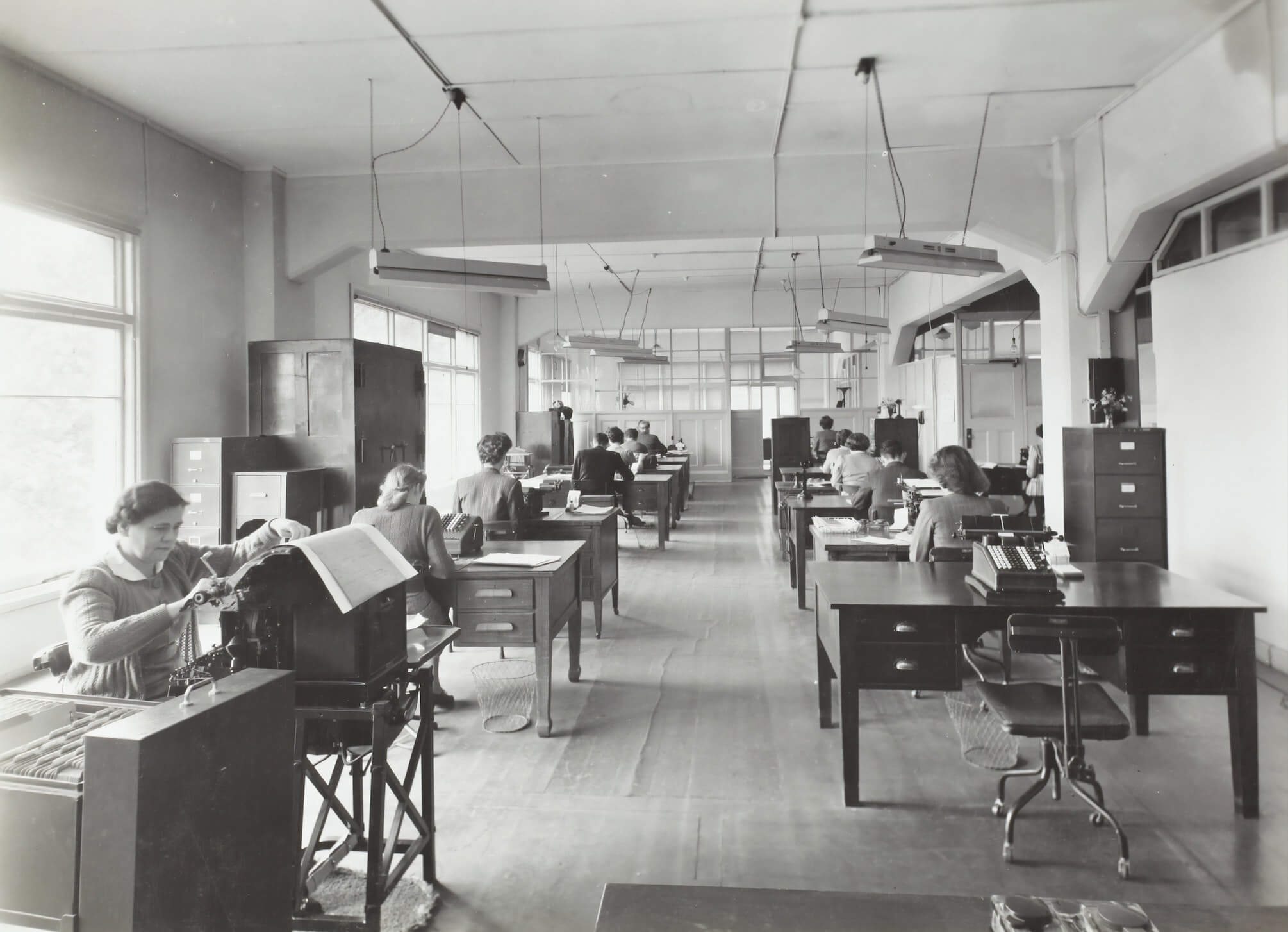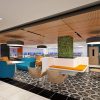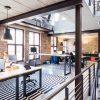The image of a chaiwala delivering tea and coffee to a row of neatly arranged desks with people drowning in paperwork and a creaking fan above seems to be a story of a forgotten era. Most of our generation has seen such office interiors only in films from that era. The occupants of those desks aspired for little more than a permanent job and their daily dose of tea served piping hot at their tables. While the chaiwala of today holds the highest seat of the government, the average office goer too is no longer someone who aspires to be there for a good old cup of tea. Today’s employee is aspirational, risk prone and competitive.
Today’s companies- agile, robust and bold are exploring ventures to create businesses where none exist. It is these companies and people who are making the headlines everyday and their story is revealed in everything they do. Their products, service, people and last but not the least their workplaces. They all speak of the same boldness and efficiency which forms the DNA of these very companies. So does your office tell a story?
Flexibility
Modularity has been a buzz word in office interiors for several decades now. However, only lately has the term come good to its true meaning. As they say, the only thing permanent is change. Offices today need to comply with the ever-changing requirements of the day. Moving a few desks, or knocking off an entire conference room to make way for the latest set of recruits, isolating a team for working on the latest contract bagged by the company, a cafeteria that doubles up as a hot desk or better still a workspace when it needs to chip in are all examples of modularity. Designs must be agile to handle these and more challenging business requirements which often change even as the office is still in its WIP stage. Designers must give enough emphasis on such needs of their customers. Companies have a never say no attitude, its time office spaces too did the same for them.
An Office Café connected wirelessly doubles up as alternate meeting and workspace
Corporate Signature
Every space bears a signature of its occupants. Designer’s spend more time with their customers understanding their DNA than they do in understanding their space requirements. The DNA of the company must reflect in everything they do, why should their office spaces be far behind. As a matter of fact, in the next-gen companies have swanky offices that say their story louder than their words can. Google, Facebook, Apple among many others have corporate offices which area subject matter of any design classroom. Be it a tech start-up, a financial services company with roots which go back to the 19th century or a manufacturing company who had invented the first radio. They all have a story to tell and their offices must not be far behind in what they have to say.
Go Green
Today’s generation is responsible. That is not to suggest that our parents’ weren’t, but the threat of environmental degradation is real, and so must be the response. Corporates are allocating top dollar to this purpose. Green design and harnessing the natural energies to compensate for the ever increasing use of electricity is taking a big space in design decisions and product selections. A range of design choices like use of directional glass, automated lighting with motion detection, advanced air-conditioning, choice of eco friendly materials in furniture with increased recyclable content are fast catching the fancy of the customer and the designer.
Acoustics & Privacy
The rise of open offices over private spaces have been on the rise over the last few decades. However the importance of privacy and enclosed spaces cannot be overlooked. You don’t want to discuss your latest competition strategy in the middle of a cafeteria. This is not to say that open offices are going anywhere. But designers must smartly design controlled access and enclose spaces with high end acoustics to give all the privacy necessary without compromising the open outlook of the space and its occupants alike.
Coworking & The Social Workplace
Last but certainly not the least, every office is embracing the need for a high social quotient in its design principles. No employee wants to work in a boxed space boiling in deadlines and impossible to achieve task lists each day. While an office design can do little about those deadlines, making the work environment sociable, vibrant and creative go a long way to release the pressure. Collaboration is the name of the game.
Designers and companies are bending backwards to provide ample thought and space to these requirements in their office design. There must be ample environments where such interaction is possible without a tag of ownership on the space. Also, just changing a seat and thinking about the same problem all over again may give a brand new solution. Singularly, bringing about social mingling of employees and creating alternate workspaces by way of design in offices opens up the creative pores of the mind.
Tech and start-ups started this trend which is now embraced in every design. With the advances in wireless technology, some companies have given away the concept of permanent desking.



